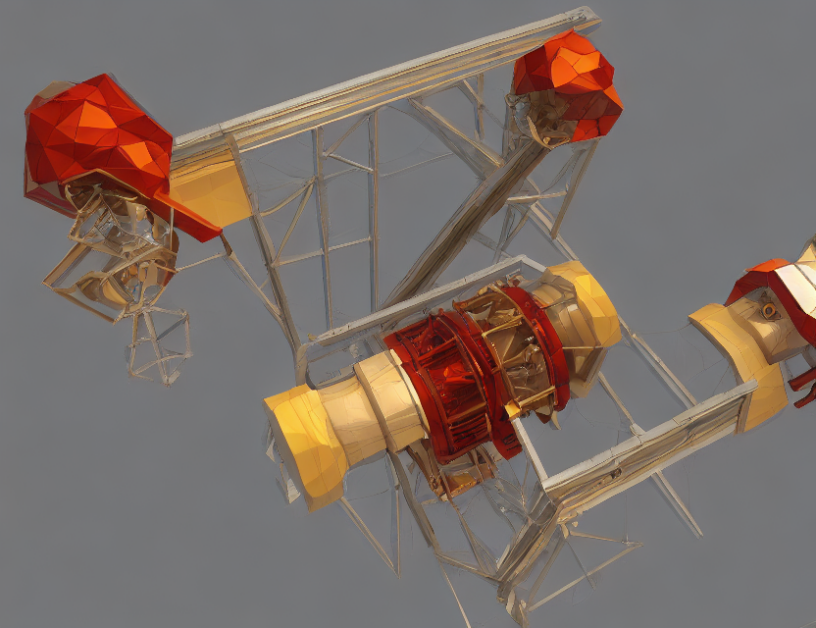In this article, we will explore how two neural networks can be used to enhance the quality of generated images in computer graphics. The first network is called a backbone convolutional neural network (CNN), which takes an input image and transforms it into a feature tensor that has the same resolution as the input. This feature tensor can then be used for three different image processing operations: warping, direct generation, and blending.
Warping involves transforming the feature tensor into an appearance flow, which tells us which pixels in the output image should data be copied from. This process is applied to the input image to get a warped version of it. Direct generation takes the feature tensor directly and transforms it into pixel values. This operation can create more plausible disoccluded parts but cannot preserve all the details in the visible parts. Blending involves transforming the feature tensor into an alpha map, which can then be used to blend the output image with the input image.
The two networks share the same overall structure, with one network using an encoder-decoder architecture and the other using a U-Net. This allows them to generate high-quality images that are both visually plausible and semantically controlled.
One example of how this can be applied is in the field of computer graphics, where neural networks can be used to create realistic characters or scenes. By using these two networks in combination, artists can control the semantic meaning of their creations, allowing them to generate images that are not only visually plausible but also semantically consistent with their intended meaning.
In summary, this article explores how two neural networks can be used together to enhance the quality of generated images in computer graphics. By using these networks in combination, artists can create more realistic and semantically controlled images, opening up new possibilities for computer graphics.
Computer Science, Computer Vision and Pattern Recognition
Redundant Time Values in Half-Resolution Rotator and Editor: Leveraging U-Net with Attention



